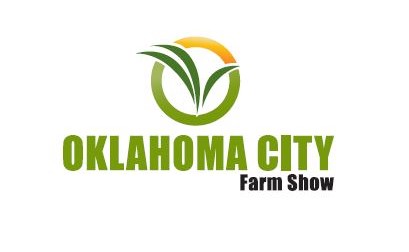
In an interview with Farm Director KC Sheperd at the Ag Outlook Forum, Harrison Pittman, Director of the National Ag Law Center, discussed the financial uncertainty facing agricultural producers, focusing on federal payment systems, depleted funding, and key legal challenges.
Emergency Payments and the CCC Funding Crisis
A significant immediate concern is the funding for farm safety net and assistance programs, much of which is financed through the Commodity Credit Corporation (CCC).
- ECAP Distribution Update: The remaining $2 billion of the Emergency Commodity Assistance Program (ECAP) funding is expected to be distributed by the end of the week, according to the Secretary of Agriculture. This follows the initial payments that have already been sent out.
- The Commodity Credit Corporation (CCC): The CCC is a federally chartered corporation created during the Great Depression era. It serves as the primary funding source for major agricultural programs, including conservation and the farm safety net (like ARC and PLC).
- The Funding Gap: The CCC has $30 billion in borrowing authority. However, its current funding is insufficient to cover new programs, especially bridge payments for disaster assistance. Pittman noted the immense financial need in the sector, stating that “just a break even for soybean producers alone would be about $16 billion,” underscoring the severity of the funding shortage.
- The Congressional Mandate: The shortage requires Congress to “go back in and replenish the CCC,” a question that is now part of the politically charged negotiations over a potential government shutdown. The timing of this decision is crucial, as farmers are already “pretty stretched with their lenders” and need a signal to “get to October 2026.”

Trade Revenue and Section 32 Funds
The increase in tariffs has brought attention to another obscure funding source, Section 32 funds, which is a reserve that receives a portion of customs (tariff) revenue.
- Section 32 Defined: Section 32 is a fund, created by statute many decades ago, that receives customs revenue (a different word for tariffs). By statute, a percentage of this money is divided for various uses, including commodity purchases and funding the specialty crop arena.
- Tariffs and Funding: The recent increase in tariffs has led to a subsequent increase in the money available in this fund. Pittman suggests that the increasing scrutiny of this revenue source is “not a shocker” given the need to find money for ad-hoc assistance.
- Supreme Court Review: The use of tariff revenue is currently “locked up to a degree with the Supreme Court,” which is scheduled to hear arguments in November. The decision will address statutory authority and the latitude USDA has on how to use the funds.
Off-the-Radar Business Risks
Pittman also highlighted a less-discussed but potentially significant risk for producers: the possibility of insolvencies among the buyers of their crops.
- Grain Dealer Insolvency: With upward ticks in basis signaling storage issues during harvest, Pittman warned producers to be aware of the potential for insolvencies at the grain dealer or elevator level.
- Grain Indemnity Programs: This risk is relevant to the grain indemnity programs that exist in roughly a dozen states, primarily in the Mississippi River Basin. These programs are designed to provide compensation to farmers if an elevator becomes unable to make payments.
- Producer Diligence: Pittman urged producers in these states to ensure they are familiar with the requirements to maintain eligibility for these programs. He noted that Arkansas is one of the only states on the Mississippi River that does not have a grain indemnity program.
Advice for Producers in a Challenging Environment
In response to a final question on advice for producers, Pittman stressed the importance of perseverance and collective action.
- Mental Engagement: Acknowledging the difficulty of farming when “it’s just one more thing that is absolutely not in your control that just scrapes the knee again,” Pittman urged producers to “stay engaged” with their commodity and trade associations.
- Full Court Press: He called for a “full court press from the ag community to keep their priority status in front of Congress,” noting that the industry’s key strength is its organization.
- Lean into Strengths: Producers must “lean into your strengths,” working through various groups—lenders, checkoff boards, and trade associations—to ensure their financial and policy issues remain a priority for Congress. He concluded that “to the extent that you can stay in the ball game mentally, I think it’s important to show up and and you just got to push.”

















